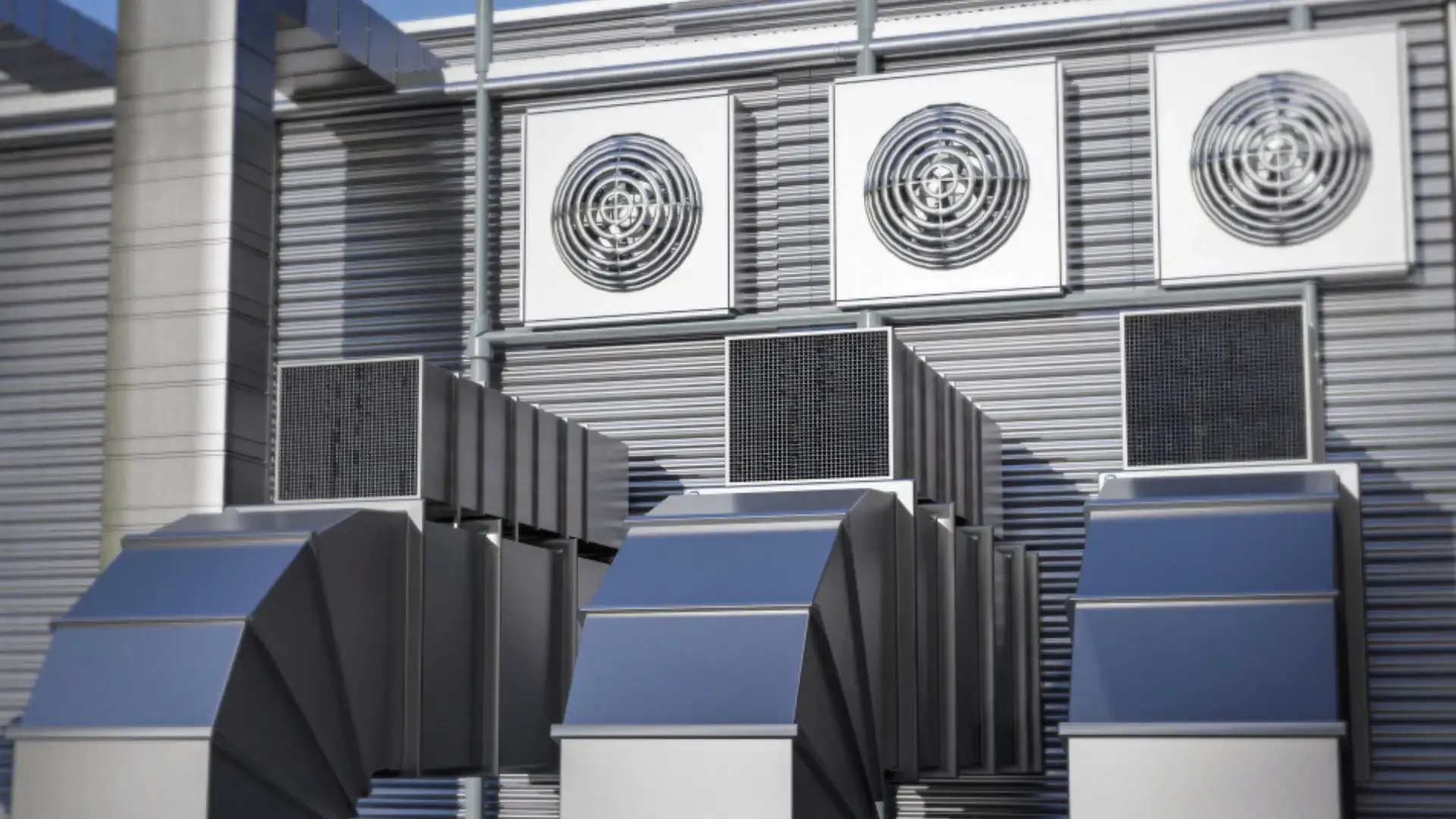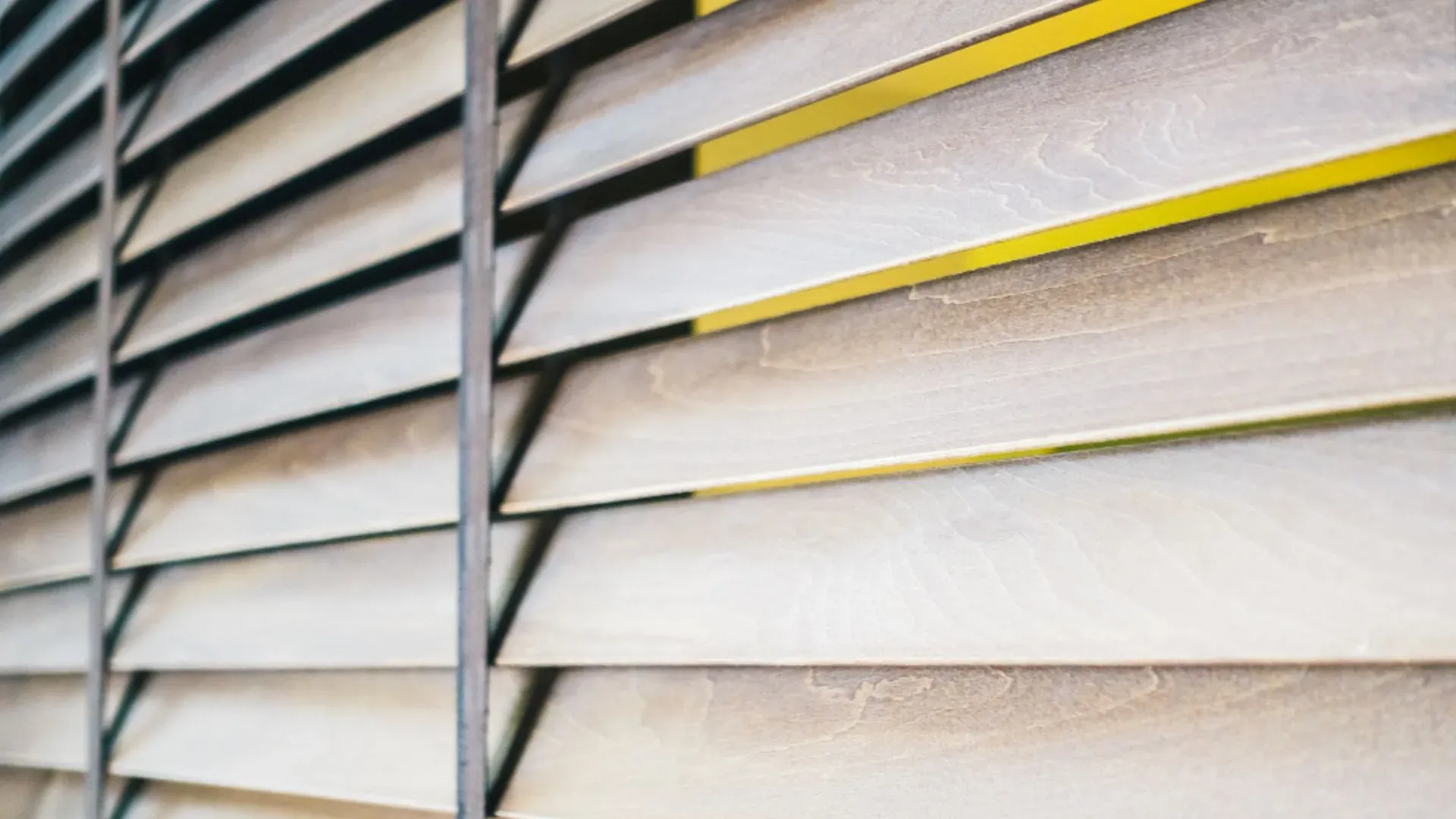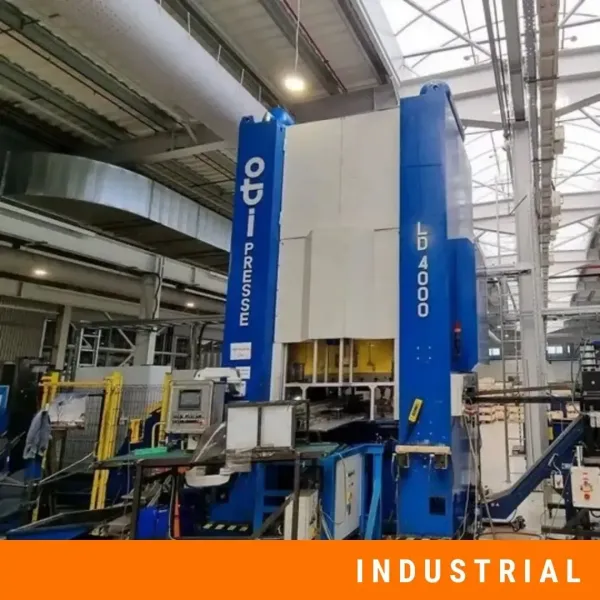The Role of Acoustic Louvres in Industrial Ventilation Systems
There is a balancing act happening in industrial facilities that you may not have heard about. They need to figure out how to maintain effective airflow in their ventilation systems while controlling the noise produced by those exact systems. In this sense, high-powered HVAC systems, generators, and ventilation shafts move decibels just the same as they move air.
This noise pollution needs to be controlled to avoid compliance risks and leaking to other buildings and spaces. There is a solution to this difficult task, and it’s called acoustic louvres. They allow you to filter the noise but keep the airflow unobstructed.
Why Industrial Ventilation Needs Acoustic Control
There is no way to avoid mechanical ventilation systems in industrial environments. They are essential for maintaining air quality, preventing machine overheating, and ensuring proper working conditions for the people in those spaces. You can find them everywhere: from manufacturing plants to energy infrastructure. Upkeep and maintenance are the obvious costs, but the excessive noise is often a hidden or underestimated aspect of ventilation.
Noise from fans, ductwork, exhaust openings, and HVAC systems can significantly contaminate industrial spaces. Left unchecked, they can violate local regulatory limits, affect worker well-being, and disturb neighbouring communities.
The solution is acoustic louvres. They are specially engineered to balance airflow requirements with noise reduction. With them, facilities can maintain proper ventilation performance and control sound to safe levels.

What Are Acoustic Louvres?
If you are a louvre engineer, then it’s quite easy to understand what they are. For everybody else, these are specially designed components that are added to the ventilation systems either in the beginning (air intake louvres) or at the end (air discharge louvres) of the ventilation system. They significantly reduce sound transmissions because they are constructed with absorbing materials and use a particular geometry that disrupts and dissipates airborne noise. Acoustic louvres do not stand in the way of airflow; they interrupt noise.
Standard louvres offer little to no resistance to sound waves. They can’t effectively stop noise from leaking freely into other spaces. Acoustic louvres are built with perforated baffles, acoustic infill, and galvanised steel or aluminum casing. Exactly those extra components absorb the noise.
If you go sightseeing in a factory, you can find acoustic louvres in generator rooms, chillers, HVAC systems, boiler rooms, and other industrial setups where mechanical ventilation is essential but noise emissions must be minimised. Acoustic louvres are a critical part of industrial soundproofing strategies.

Where are acoustic louvres applied?
Acoustic louvres are essential in sectors with high-output ventilation demands and continuous equipment operation.
Generator and Boiler Rooms
Intense low-frequency noise and substantial heat are quite often the case with these types of spaces. Overheating and worker discomfort are major threats that need to be addressed and avoided at all costs. Acoustic louvres help contain noise at both air intake and discharge points, preventing sound from spilling into adjacent areas or outdoors.
HVAC Plant Rooms and Rooftop Installations
The HVAC systems are absolutely needed, but they produce a lot of ambient mechanical noise. Often, they are installed on rooftops or near office floors and residential zones. And not surprisingly, because those are the spaces that need air conditioning control. Acoustic louvres can reduce environmental noise leakage without disrupting cooling performance.
Data Centres, Power Stations, and Substations
In high-security, high-performance facilities, ventilation systems must support equipment cooling while maintaining strict noise thresholds. The acoustic impact of this equipment is significant. External fans, intake ducts, and exhaust vents can emit noise levels in the range of 65 to 85 dB at 1 metre, sometimes higher in data centre facilities lacking proper acoustic treatment.
Acoustic louvres prevent fan and transformer noise from affecting both staff areas and surrounding properties.

Chemical Plants and Manufacturing Facilities
Other than noise and dangers of overheating, ventilation in these kinds of environments must take into account the toxic and corrosive fumes that need to be evacuated from the facility. Processes in these facilities often involve pressurised systems and high-flow ventilation.
Acoustic louvres reduce process noise while allowing fumes or heat to be safely exhausted, making material selection (stainless or galvanised steel) critical.
Retrofitting Existing Systems
Since acoustic louvres are most of the time installed either at the beginning or the end of the ventilation system, they can be retrofitted with minimal structural changes. This makes them a cost-effective option for older industrial buildings where noise mitigation wasn’t part of the original design. Still, for best results, acoustic treatment of the ventilation system needs to be part of the planning process in the architectural phase of new buildings.
How Do Acoustic Louvres Work?
Acoustic louvres mitigate airborne noise. They either absorb the sound or deflect it. As air passes through the louvre blades, the acoustic material, like mineral wool, absorbs a portion of the sound energy. Direct sound waves are hard to stop, which is why an acoustic louvre has a special angled geometry that redirects waves away. The geometry of the blades plays a central role in performance. Variables such as depth, angle, and blade spacing influence both airflow efficiency and insertion loss (a measure of how much noise is reduced by the louvre).
Galvanised steel or perforated metal trays contain the acoustic material inside the louvre. These metal structures are perforated so that airflow is not obstructed. The absorbing material converts sound waves into low-grade heat thanks to friction between its fibres.

The balancing act still needs to be performed. The more acoustically absorbent a louvre is, the more it tends to restrict airflow. This reduces the air pressure as it moves through the louvre. This has to be delicately balanced to avoid overburdening the ventilation system or the machines it cools down.
The size and the placement are critical for acoustic louvres:
- Make it too small, and there would be increased air resistance.
- Place it poorly and it won’t mitigate enough noise.
Because this decision required a deep understanding of the particular case, engineers often use Computational Fluid Dynamics to model and simulate the airflow and performance of the ventilation system with acoustic louvres in mind. This way they can have a precise model of what, where, and how to put to insulate the noise and keep the airflow intact.
Benefits of Acoustic Louvres
The benefits are measurable both in operational efficiency and environmental responsibility. If left untreated, air intake and discharge points produce noise that invades surrounding spaces, affecting worker performance.
Why? Because prolonged exposure to noise levels above 85 dB can cause hearing loss, fatigue, and reduced cognitive performance. Enhancing worker comfort and health is essential. Well-designed acoustic louvres significantly attenuate this airborne noise, often achieving insertion loss values of 15 to 30 dB, depending on configuration.
Regulations are another factor:
- Many planning authorities, environmental agencies, or zoning laws can impose fines for exceeding ambient noise thresholds, even by a few dB.
- Acoustic louvres support compliance with global health and safety standards, such as OSHA regulations in the US and ISO 11690 internationally.
- These standards not only dictate maximum exposure levels but also recommend architectural strategies to protect workers and neighbouring communities.
What Are the Design Considerations for Acoustic Louvres?
Balancing airflow efficiency with effective sound attenuation has many aspects that need to be considered. One key parameter is the free area ratio (FAR). This is the proportion of open space in the louvre that permits air to pass through. If there is a high FAR, airflow is maximised, but the acoustic performance would be reduced, and vice versa - smaller FAR, better noise suppression, but restricted airflow.
Since a big portion of the louvres are installed on rooftops or facades and are exposed to weather conditions, many facilities consider water protection. Rain defence louvres are specifically engineered to deflect rainfall and prevent internal moisture build-up without compromising ventilation. In exposed settings or humid climates, this feature is a safeguard against equipment failure and maintenance costs.
To design a proper acoustic louvre that suppresses noise and at the same time allows for maximised airflow, it’s better to use either performance data or a simulation software. This approach ensures that both ventilation performance and noise control meet project specifications and local compliance standards.
Get in touch to explore how DECIBEL’s engineering-grade acoustic louvres and consultation services can help you meet even the most demanding industrial ventilation requirements!




